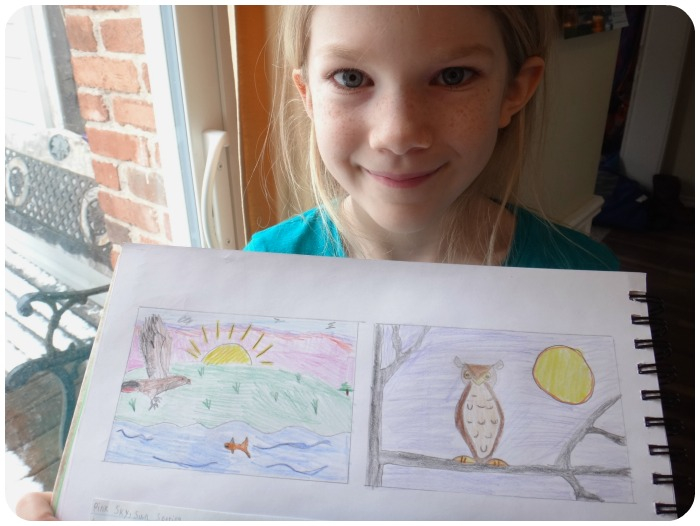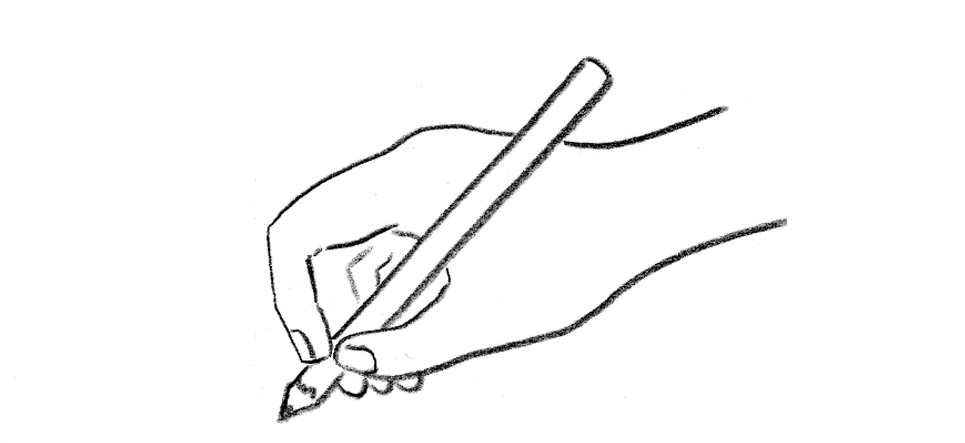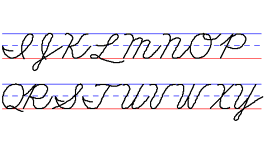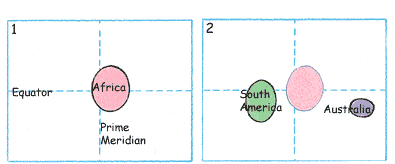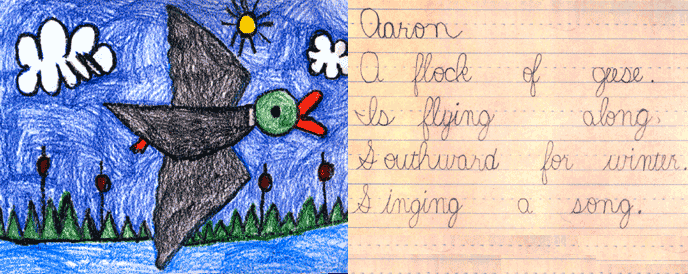The Unplugged Family Review of Draw Write Now
"Last week, as we were working on our Nature Journals, my daughter became very upset. She loves to draw, sketch, and add pages to her journal, so it surprised me when all of a sudden she was in tears! She was trying desperately to draw an owl for our study of birds of prey. The step-by-step print-out I had placed before her was just causing frustration and a feeling of defeat. Even after I reassured her that her owl was indeed really good (it was!), and promised to help in any way she needed, she continued to sniff and cry.
Can I tell you how excited my children are that they get to draw FIRST!?
The poor girl is such a tender heart and longs to draw well. After a few moments of wondering what to do to help - I remembered there was an owl in one of the Draw Write Now books. I asked her if she would like to try to do the one from Draw Write Now instead and she lit up and stopped crying immediately.
I found the page and she busily went to work. After about 20 minutes she ran to me beaming from ear to ear. She had drawn and coloured the owl very successfully and was feeling very content and proud of her work. So, Draw Write Now saved the morning, and once again, I was reminded of how wonderful this program is for instilling confidence in my young artist. Thanks so much. These moments make a homeschooler's day!" See more photos and the review...
Draw Write Now has been a pure joy in our homeschool. It is beautiful, gentle, affective, creative, and children actually want to do their 'work'. We are huge fans!
—Cassandra, The Unplugged Family, http://www.theunplugged.family/
Cassandra (Mom)
"Draw Write Now is not only an engaging copywork and printing program, but also blends joyful art, drawing, mapping, geography and history concepts easily and seamlessly. These books really present a 'living education' to children. More...
Alex, age 6
"Alex enjoys Draw Write Now far more than I expected. Being younger, I wasn't sure if this program would be suited to him. However, he has gravitated to the simplicity of the lessons and is thriving with them.” More...
Audrey, age 8
"Audrey has expressed over and over that this program is her absolute favorite." More...
Simon, age 9
"Simon doesn't usually gravitate towards art. He also doesn't really enjoy copywork. So, this program was not one I anticipated him liking. The funny thing is - he actually really loves Draw Write Now!" More...
Cassandra really outdid herself! She includes lovely photos and beautifully describes how her family is using our books. Topping it all is the kids' work—wonderful! Don’t miss her gorgeous and uplifting blog!

